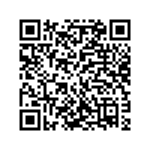2 Understanding Your Students
Sheri Deaton
Understanding Your Students
Teachers must not only know themselves, but they must also spend time getting to know their students. If a teacher wants to create a classroom that is productive and where students are motivated and comfortable, they should include pedagogical practices and techniques to include all students, including those who are culturally diverse and underrepresented (Faulkner et al., 2021, Atay & Trebing, 2017). How can you do this if you do not know who your students are?
Teachers can use resources such as “All about me” worksheets, questionnaires, or Google forms. Questions on these assessment tools could include students’ preferred names, pronouns, the preferred method of communication, learning style, interests, allergies, and any other information that would be important for the instructor to know and understand.
The results of these assessments should remain confidential and are only used for educational purposes. Upon learning about the multiple intelligences present in the class, or the percentages of learning styles that are present, teachers can use this information to modify and adjust their instructional plans to meet the needs of their students (Deaton, 2021). For example, if a teacher learns that 70% of their students are visual learners, it would behoove that teacher to incorporate in visual aids to extend learning and meet the needs of the students enrolled in the course.
Teachers must know where their students are before they can adequately prepare curriculum to meet their needs. Teachers who are aware of their students’ abilities can scaffold their instructional approaches, assessments, and activities to meet the needs of their students. This will not happen without the knowledge of the students.

Image Description: Educational Postcard
License: CC BY-NC 2.0
Over the past two decades, much research has been conducted on the importance of social and emotional learning (SEL) and the role it plays in a person’s career success. A student’s social and emotional learning will impact his or her performance academically. The more you understand this concept, the better equipped you will be to meet the needs of the whole child. If you are interested in reading more about this topic, check out this article published by the Association for Career and Technical Education (ACTE).
Connecting Social-Emotional Learning (SEL) to Career Success, Dr. Angela Smith
Hemming it Up
As you prepare to teach students, it is important to understand where the students are in their knowledge acquisition and basic skills. Strategies like K-W-L can not only be used to assist with literacy and phonemic awareness but they can also be utilized in an apparel production classroom where the instructor is seeking to uncover what the students already know (K) and want to know (W). After the unit is completed, the students can demonstrate what they have learned (L) through meaningful project-based learning activities and self-reflection. Consider using this strategy as you seek to get to know your students.
Never forget–“We teach students, not standards” (Deaton, 2021). Understanding who our students are will help us select activities, assignments, and assessments designed to meet their needs and scaffold them to greater heights.

Resources
| Resources | QR Codes |
| All About Me Quilt: All about me quilt block.docx.pdf | 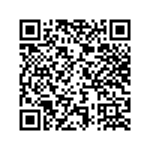 |
| All About Me Senior Google Form: https://forms.gle/JaKmzLP1ApUFYE6H7 | 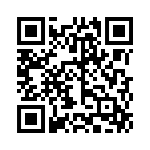 |
| Overview+of+9+Enneagram+Personality+Types+-YEC | 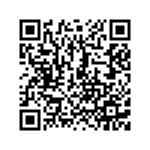 |
| Specific Body Type Research & Findings: https://forms.gle/faWFDVHGSmi54eb7A | 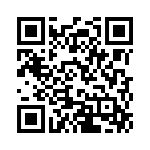 |
| The Personality Lab: An Enneagram Self Assessment | 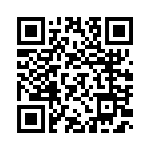 |
| Who Am I? Google Form: https://forms.gle/FXVqdRm4os3urvBi8 | 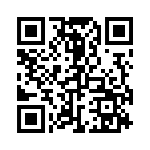 |
References
Atay, A., & Trebing, D. (2017). The discourse of special populations: Critical intercultural communication pedagogy and practice. Routledge
Deaton, S. (2021). Teaching Apparel Production. Presentation.
Faulkner, S.L., Watson, W.K., Pollino, M.A., & Shetterly, J.R. (2021). “Treat me like a person, rather than another number”: university student perceptions of inclusive classroom practices, Communication Education, 70:1, 92-111, DOI: 10.1080/03634523.2020.1812680
Witt, P. L., Wheeless, L. R., & Allen, M. (2004). A meta-analytical review of the relationship between teacher immediacy and student learning. Communication Monographs, 71(2), 184–207. https:// doi.org/10.1080/036452042000228054

